Media
Summary
We’re going to kick off the year with a look at upcoming night sky events, as well as scheduled spacecraft milestones and exciting space flights. Expect to hear about planets, eclipses, space tourism, crewed space missions, and a new ground-based telescope getting ready to go online. This year sounds potentially exciting in a bunch of good ways!
Transcript
This is the Daily Space for today, Thursday, January 7, 2021. I am your host, Dr. Pamela Gay.
And I am your host, Beth Johnson.
And we are here to put science in your brain.
There are a few weeks each year when we can count on there not being a lot of news because the combined forces of the holidays, the start of a new semester, and the excitement of an upcoming big event all convolve to put the news on hold. One of those weeks is this week. The American Astronomical Society conference, the largest US-based conference each year, starts this weekend. Next week we can look forward to a cool string of amazing releases as astronomers showcase their latest discoveries.
Today though, instead of looking at what is new in space and astronomy, we’re going to look ahead to what events we can expect to see this year.
In space and astronomy, we have four big things we can enjoy. While we can’t predict when new science will come out, we can predict when the stars and planets will align to bring us amazing celestial treats.
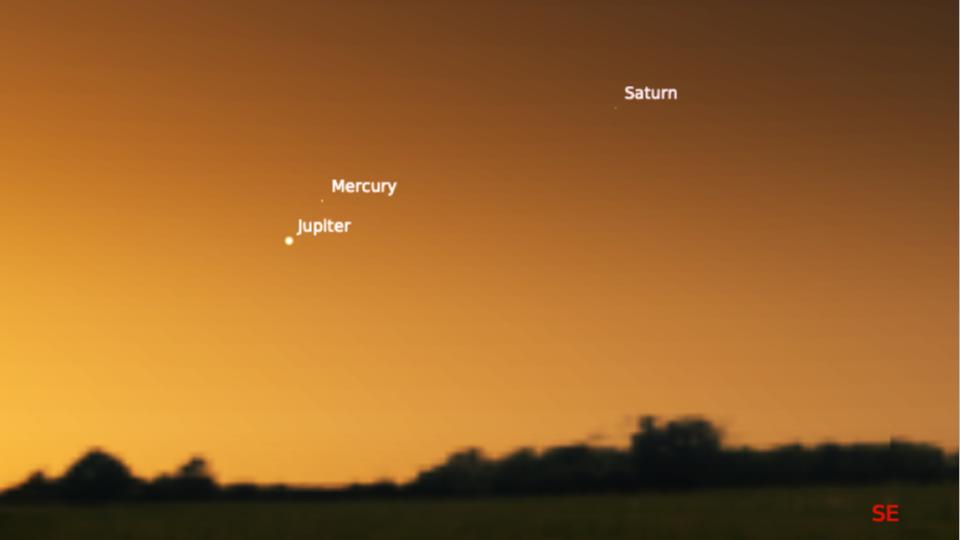
In 2021, we won’t have a repeat of the Jupiter and Saturn conjunction that we just experienced in December 2020, but we will have a meeting of Jupiter and Mercury. On March 5, these two planets will align in the sky so that they appear in the same binocular field of view. Their separation will be less than the width of the moon. In general, Mercury is very hard to see because it is often located in the twilight sky, and it is, on average, the faintest of the planets visible to the unaided eye. If you’ve never seen Mercury, this will be your chance.
Mercury and Jupiter aren’t the only pairings we have to look forward to. On April 17, the Moon and Mars will tangle as the crescent Moon passes in front of Mars. This event can only be seen if you are in the right place on the planet, and that place is South / Southeast Asia. For those of you in Southern Australia, there will be another occultation on Dec 31. For the rest of you, well, you’ll need to wait for another year.
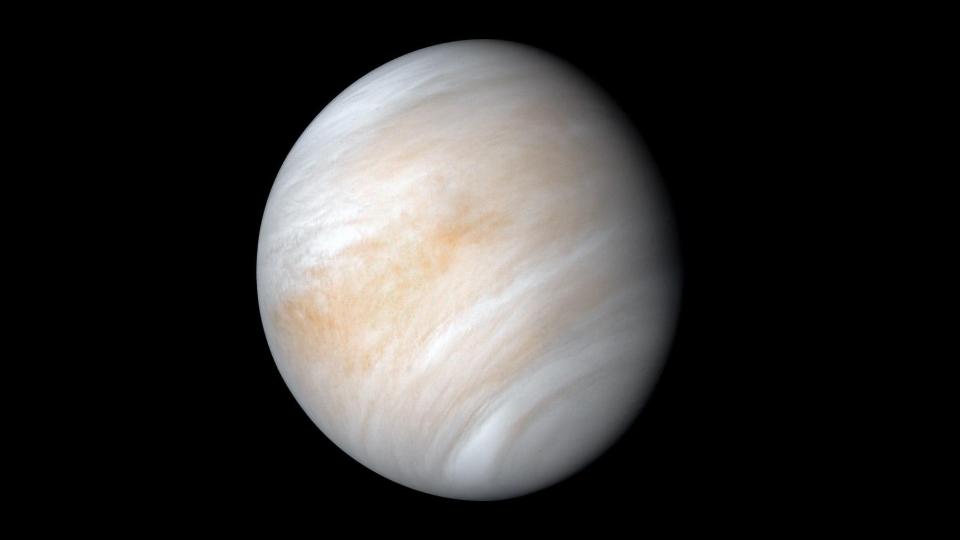
In 2020, Venus was big in the news, and in 2021 it will be high in the sky. While Venus is often visible either around sunrise or sunset, we won’t get a good look at the dazzling planet until mid-September this year. You can watch for Venus now at dawn to the southwest, but then it will disappear behind the sun come spring. As we move into summer, Venus will appear at sunset, still very low in the sky but brighter. Then, once we get into fall, Venus will remain in the sky even after twilight, until it becomes a brilliant light in the November and December night skies. The cycle will repeat after Christmas, so enjoy Venus until then.
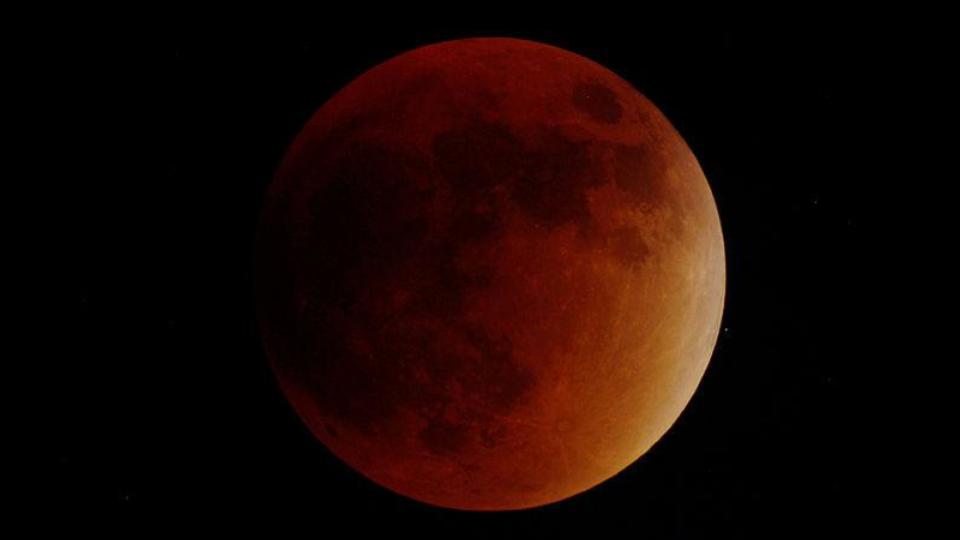
As so often happens, 2021 will also have its share of eclipses of both the Moon and the Sun, and there is a little something for everyone. On May 26, a total eclipse of the moon will be visible about the Pacific Rim, with Hawaiians getting the eclipse when the Moon is high in their sky. Later in that same lunar orbit, there will be a “Ring of Fire” Solar Eclipse, during which the Moon will be far enough from the earth that its small size won’t be able to block all of the Sun. The eclipse path will explore the extreme north, traveling from Canada and Greenland past the North Pole and into Siberia. Partial eclipses will be seen by people throughout North America.
Lunar and solar eclipses tend to come in pairs, and in 2021 we’ll get two separate pairs to enjoy. A second partial eclipse of the Moon will occur on November 19 and be visible from the UK through to Australia. Its partner solar eclipse will bring a total eclipse on December 4 that will travel through the Antarctic, being visible on a path from the Filchner-Ronne Ice Shelf through to the Ross Sea. A partial eclipse will be visible in Southern Africa, Tasmania, and southern sections of Australia and New Zealand.
No matter where you are in the world, there should be something to see. In addition to these special events, 2021 will offer the normal bounty of meteor showers and perhaps even some especially nice aurora as the Sun becomes more active. We’ll be bringing you more information about all of these events during our regular Thursday “What’s Up” segments. For those of you wondering what equipment you’ll need to see all of these events, we’re happy to say that all you need is your eyes except for the solar eclipse. As a reminder, don’t look at the Sun unless you have certified solar glasses or filters. These are often sold as “Eclipse Glasses” but they can be used any clear day of the year to study the Sun and its changing set of spots. And don’t forget to check your glasses for any pinholes every time you use them.
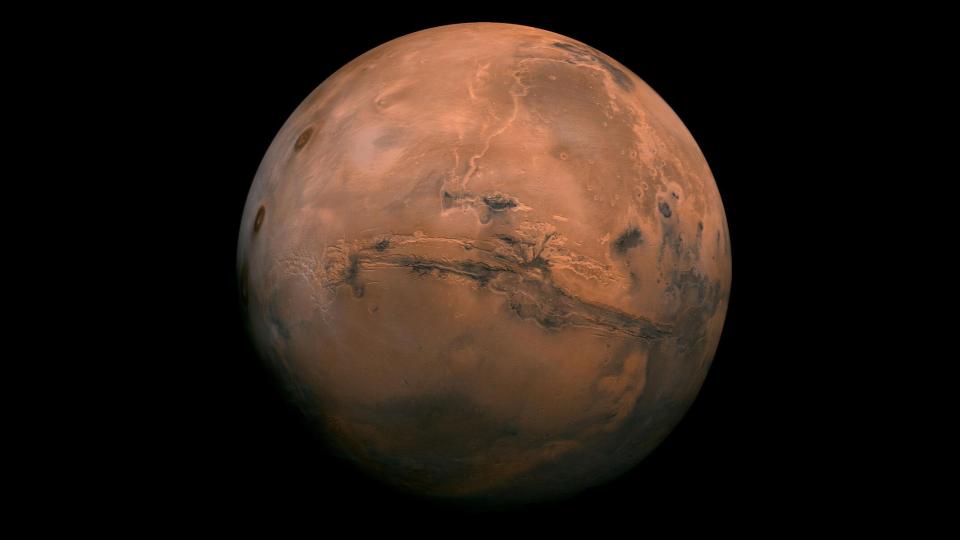
At the end of July last year, we brought you the live launches of not one, not two, but three missions to Mars. The first to arrive will be Hope, the ambitious first mission for the United Arab Emirates. Hope will study the weather and atmosphere of Mars from orbit, looking to answer questions such as why hydrogen and oxygen are being lost to space at a high rate.
Next, China’s Tianwen-1 spacecraft will arrive on February 10 and settle into orbit while preparing for the country’s first rover touchdown on Mars later on in May. The mission seeks to answer questions about life on the red planet, either past or present, and is a sign of the continuing engineering progress being made in China’s space program.
Finally, NASA’s Perseverance rover will arrive on February 18 and give us another Seven Minutes of Terror landing event to rival that of Curiosity. The target destination for the landing is Jezero Crater, where there was once a vast lake that could have been habitable millions of years ago. Percy’s mission is to look for signs of life, particularly microbes under the topsoil and in the sedimentary layers.
Onboard Perseverance is NASA’s experimental helicopter, Ingenuity. The drone is set to test just how well-controlled flight might work on another planet, and it comes with carbon-fiber blades that spin at 2400 rpm, as well as solar cells and batteries but no science instrumentation. Before it can potentially fly, Ingenuity has to survive the trip to Mars, deploy from Percy, keep itself warm and charge itself. Only then will the team attempt to fly the helicopter.
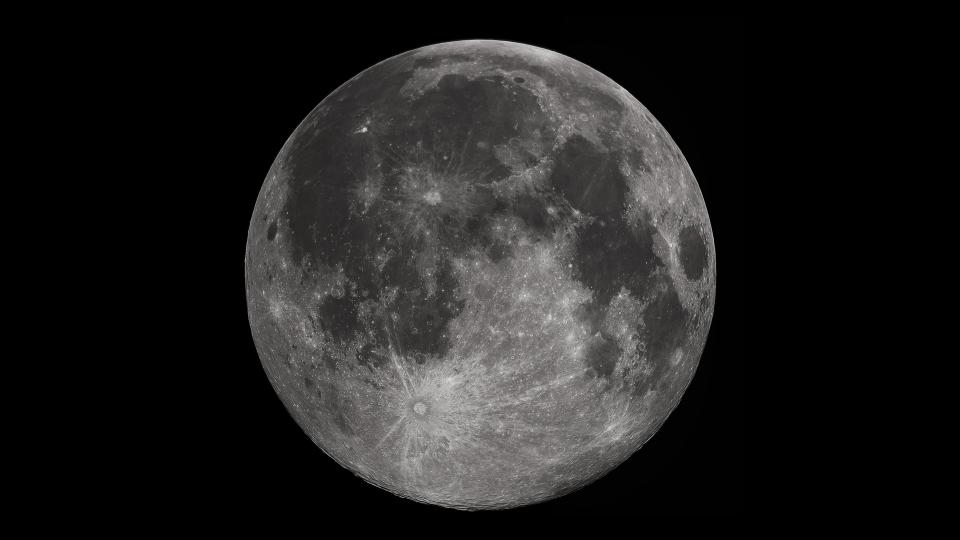
While Earth has been regularly populating mars with robots and probes for the last couple of decades, the Moon had been pretty neglected until recently. In 2020 we say many nations land, with more and less success, on the moon, and in 2021, efforts to work toward a return of humans to the moon will take shape. Two of the larger missions come from traditional powerhouses: The US and Russia.
If all goes well, no later than November 2021, we’ll see the first launch of a Space Launch System rocket. While a lot of companies start with test flights and hops, SLS is going to go from zero launches to lunar orbit in a single go, if all goes well. The current plan is for SLS to launch with an unoccupied Orion crew capsule as well as a suite of CubeSats. This is an international mission, with Orion’s service module being provided by the ESA. Orion will carry a number of experiments, including tests using mannequins to measure the radiation levels we can expect astronauts to experience.
The SLS mission is exceedingly over budget and behind schedule, and I put even odds on this mission being canceled, failing on launch, or succeeding reasonably well. Time can only tell, and we’d like to remind everyone that space is hard.
While SLS has been under development for years and years and years and is likely to leave us waiting through most of 2021, Russia is fast-tracking its own travels. Back in the 1970s, the USSR’s Luna program brought back rock load after rock load after the Apollo missions had become just memories. After seeing China, Israel, and India all head back to the Moon, in August 2020 Roscosmos announced it will launch Luna 25, nominally in October 2021. According to Scientific American, Roscosmos has stated, The Luna-25 space project opens a long-term Russian lunar program, which includes missions to study the moon from orbit and surface, the collection and return of lunar soil to Earth, as well as, in the future, the construction of a visited lunar base and full-scale development of our satellite.
I don’t know how to put odds on this occurring. Roscosmos has proven they can incrementally advance old technology to do new tricks for decades, and if anyone can resurrect 40-year-old spacecraft plans to produce something new, this is the space agency to do it. I think it’s safe to say, a new space race is on, and this time the question is, which nation will build the first lunar base.

Speaking of odds of occurring, as of writing, the launch date for JWST is October 31, 2021. That’s right. We’re supposed to finally launch our biggest, fanciest space telescope to date on Halloween. Because what could be scarier? With all of the budget overruns and delays, the amount of skepticism surrounding this launch is high.
However, if we can get JWST launched and operational this year, we can finally begin to do some amazing science with the successor to the 30-year-old Hubble Space Telescope. In particular, JWST is set to perform infrared observations of exoplanets and maybe even exomoons, providing us with the data necessary to understand those distant atmospheres. It’s even possible that, if they’re out there and if we look in the right direction, JWST could detect biosignatures of extraterrestrial life.
But we have to get JWST to launch first, and we’ll continue to update any changes to the current schedule as they are announced.
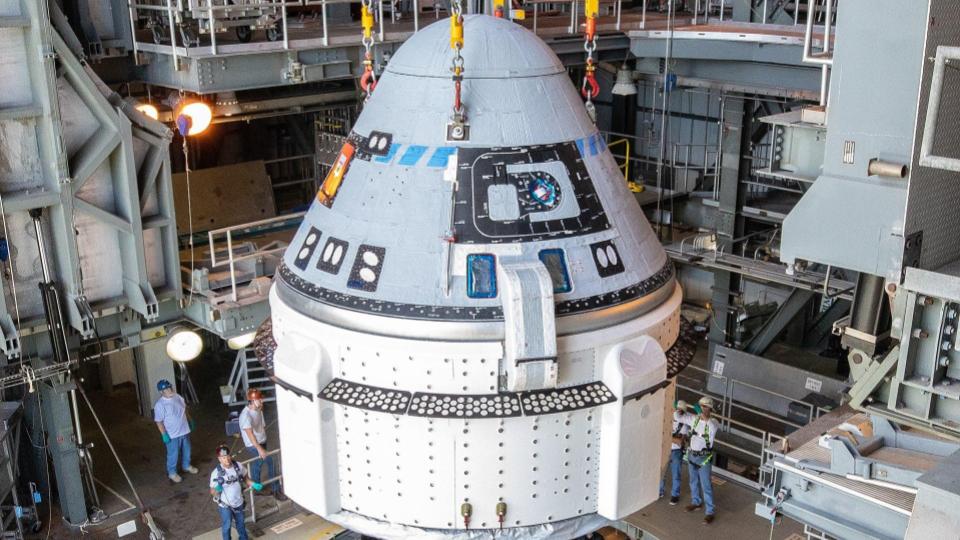
Remember 2019? It was about a decade ago, and at the end of that year, Boeing had the first test flight of their Starliner vehicle. It… did not go well, and Boeing had a lot of egg on their face for software full of errors and issues that could have potentially killed a crew. Not a good look at all.
Well, this year, on March 29, Boeing is going to try again. They’ve spent the last decade… I mean year… combing through their software and testing just about everything on Starliner. If successful, Boeing will be cleared to actually send crewed capsules to the ISS, joining SpaceX in the commercial transportation of astronauts. Of course, we’ll bring that test to you live, when it happens.
While astronauts are getting their new capsules, tourists are also getting new chances to make it to orbit and sub orbit. And we’re not talking about Virgin Galactic, although we do expect them to finally make it to space with a SpaceShipTwo this year. I’m actually talking about Axiom. Flying on a SpaceX Crew Dragon, Axiom Space intends to launch 4 people to ISS for an 8-day stay. While Tom Cruise and Doug Liman were originally scheduled to fly as part of a movie project, they have postponed for a later mission. If you want to fill their now empty seats, it will cost you $55 million.
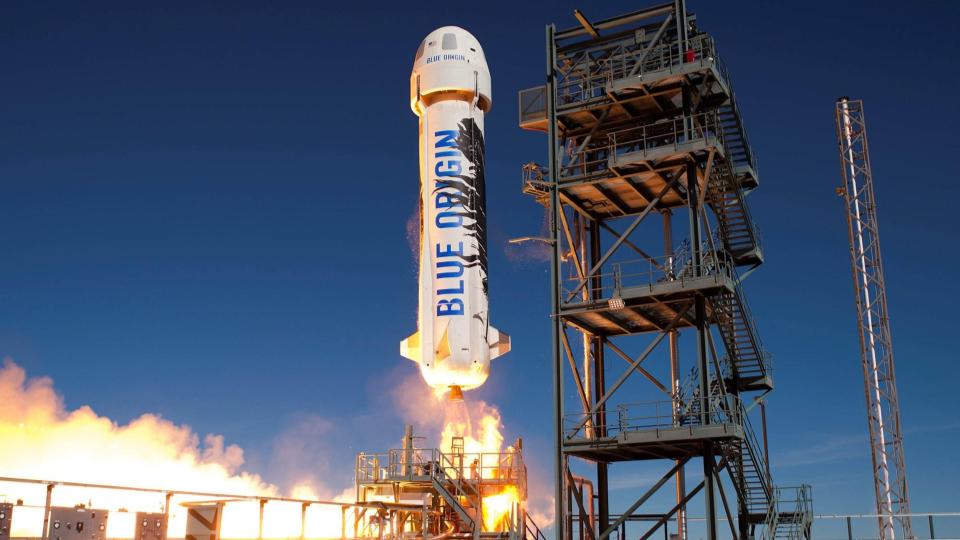
On the suborbital tourism front, Blue Origin plans to put people in space on their New Shepard vehicle at some point this year. They have already launched New Shepard thirteen times, and their reusable booster has successfully landed after flights, just like the Falcon 9 booster. Space tourists can expect to enjoy eleven minutes of flight time and will technically be in space once they pass the Kármán line. They will get to reach speeds up to Mach 3 and then return to Earth via the capsule and its parachutes. Landings take place in west Texas. The ticket price isn’t officially listed, but industry expectations are in the range of 200-250 thousand dollars per seat.
Launching humans is cool because we can imagine ourselves in space when we see others fly, but sometimes it’s just awesome to see a giant rocket fly, with or without humans on board. In 2018 and 2019 we got to see the Falcon Heavy launch 3 times, but there has been no giant rocket joy since June 2019. That is all set to change on or shortly after February 28, when a Falcon Heavy is slated to launch a classified payload for the United States Air Force.
Not to be outdone, Blue Origin plans to launch its partially reusable New Glenn rocket on its inaugural flight sometime in 2021. This rocket follows the single tube design of the Saturn V, and its three-stage configuration will stand nearly as tall as the Saturn V. While New Glenn has yet to fly, Blue Origin has already scored contracts with OneWeb, Telesat, and other companies to launch their rockets.
While going to space is certainly much flashier than exploring from Earth, great science still comes from ground-based instruments.

COVID-19 has had an enormous impact on, well, everything to be honest. We’ve seen delay after delay in the world, and astronomy was hit like everyone else. The Vera Rubin Observatory had to postpone some of its scheduled construction, but first light for the telescope is still anticipated late this year. The observatory will then prepare to conduct the LSST — Legacy Survey of Space and Time — over 10 years beginning in 2022. This program seeks to image the entire visible sky every few nights, making it possible to capture and track changes in the night sky. These observations should open the door to further understanding of the observable Universe.
One of the potential finds for the Rubin Observatory is Planet 9 (or Planet X depending on who you are talking to). Well, maybe not a planet. There is the possibility that whatever is causing the perturbations in our outer solar system could be a black hole, and if that is the case, the Rubin Observatory is sensitive enough to catch when a small black hole has an accretion flare due to capturing an object like a comet.
It’s even possible that, if Planet X is a planet and is out there and happens to pass through the southern sky, it might be found within the LSST data. That’s a lot of possibility and not a lot of probability. Still, it would be great to know one way or another what Planet X is and isn’t, and the Rubin Observatory will likely make amazing discoveries no matter what.
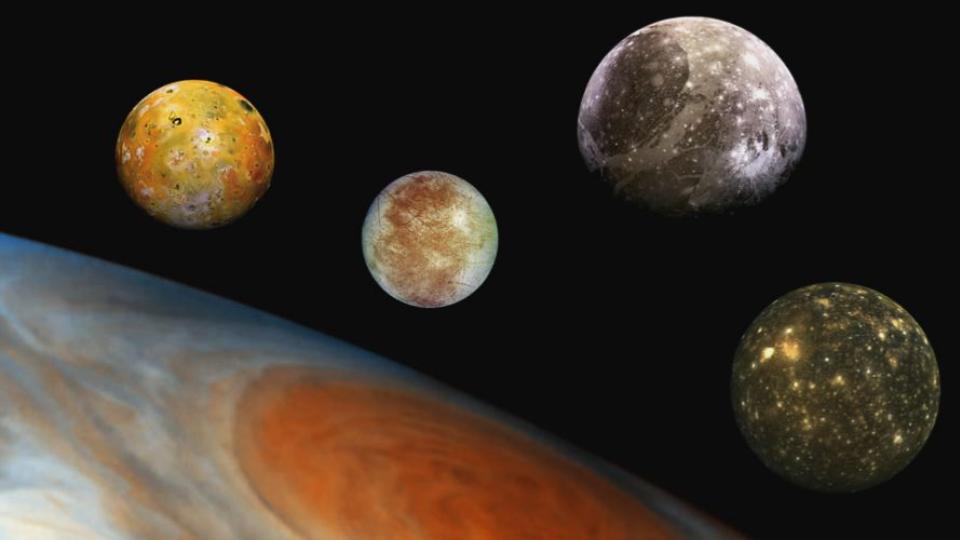
Before we go, we want to take just a moment to look back at where we’ve come from. 411 years ago today, Galileo discovered three of Jupiter’s moons: Io, Europa, and Callisto. A few days later, on January 13, he went on to find the last of the Galilean moons, Ganymede. These were the first new solar system objects found in history. Since then, we have sequentially found world after world, from asteroids to Kuiper Belt objects and giants like Uranus and Neptune. Here is hoping 2021 brings us one more large planet to call our own.
This has been the Daily Space.
Learn More
2021 Sky Events
- The 10 must-see night sky events to see in 2021 (Space.com)
- Ten Celestial Events to Look Forward to in 2021 (Smithsonian Magazine)
- Astronomical Events in 2021 (timeanddate.com)
- Solar and Lunar Eclipses Worldwide – Next 10 years (timeanddate)
- The Best Meteor Showers in 2021 (Sky & Telescope)
2021 Space Missions
- Space Missions to Watch in 2021 (Smithsonian Magazine)
- These are the space missions to watch in 2021 (Space.com)
- Six space missions to look forward to in 2021 (The Conversation)
- Missions to Mars, the Moon and Beyond Await Earth in 2021 (NY Times)
2021 Rocket Launches
- Space calendar 2021 (CNET)
- Launches and Landings (NASA)
- Launch Schedule (Spaceflight Now)
- There Are 2 Seats Left for This Trip to the International Space Station (NY Times)
Credits
Written by Pamela Gay and Beth Johnson
Hosted by Pamela Gay and Beth Johnson
Audio and Video Editing by Ally Pelphrey
Content Editing by Beth Johnson
Intro and Outro music by Kevin MacLeod, https://incompetech.com/music/


 We record most shows live, on Twitch. Follow us today to get alerts when we go live.
We record most shows live, on Twitch. Follow us today to get alerts when we go live.